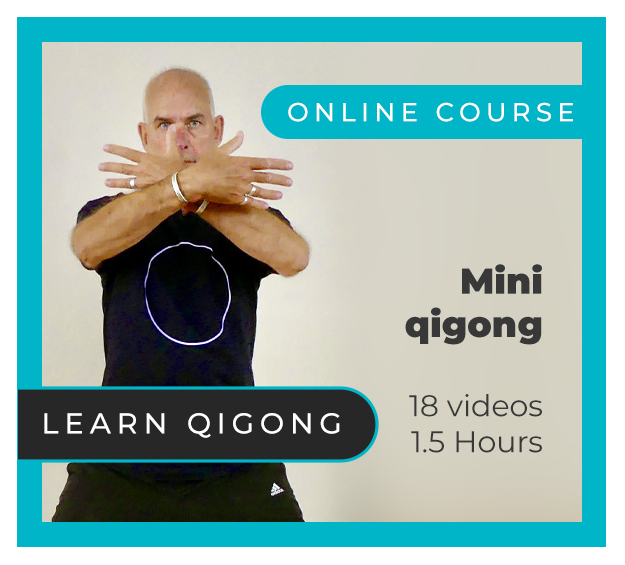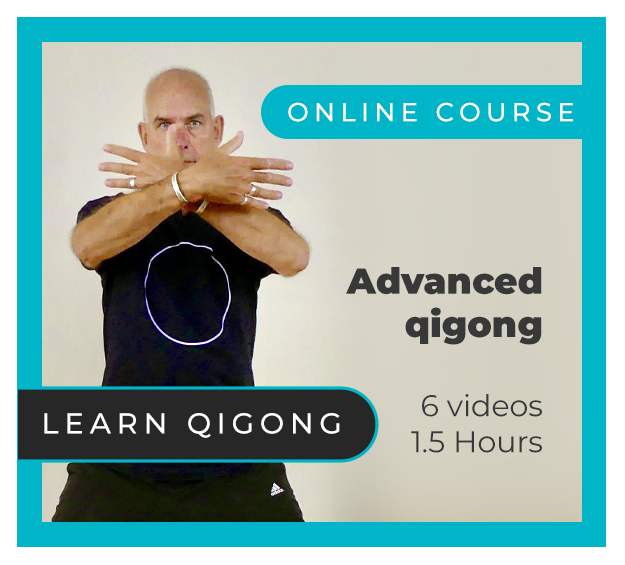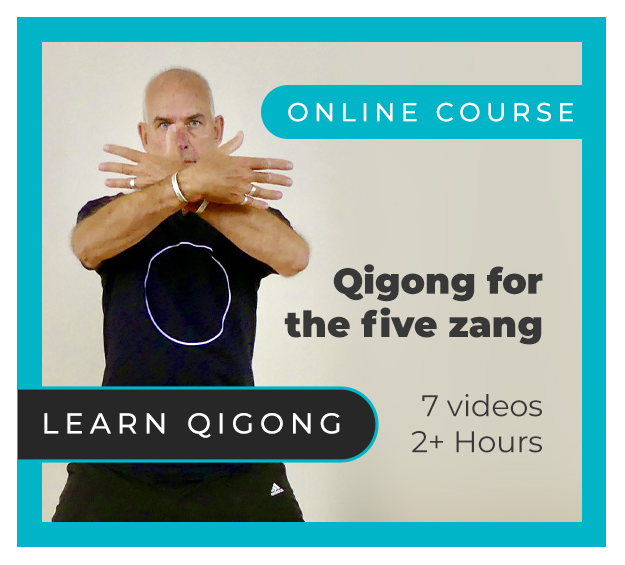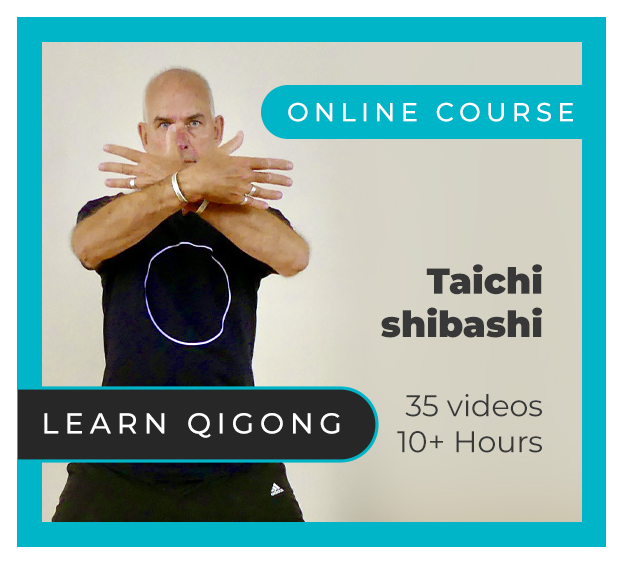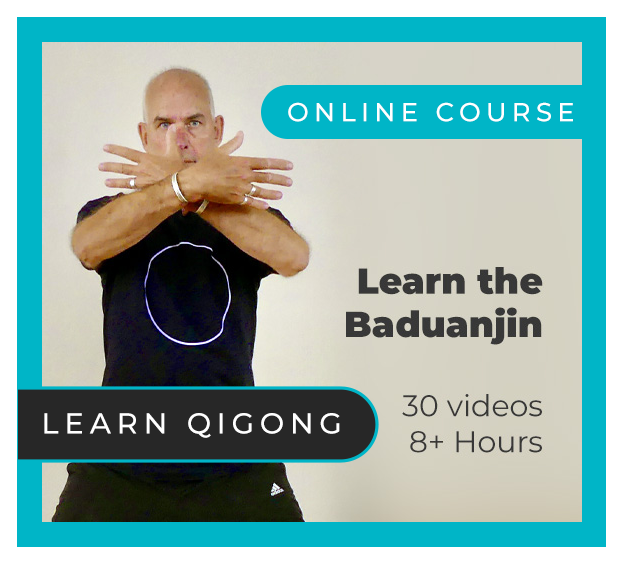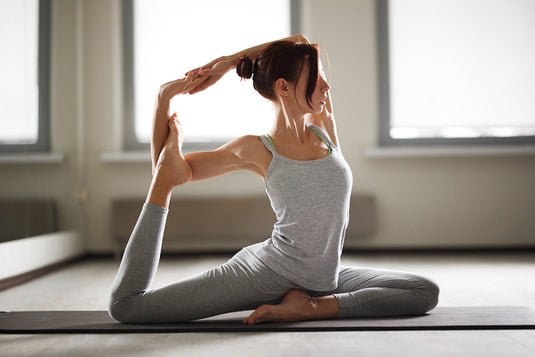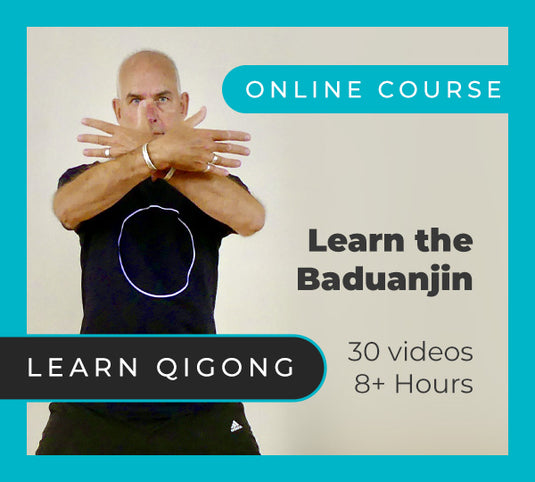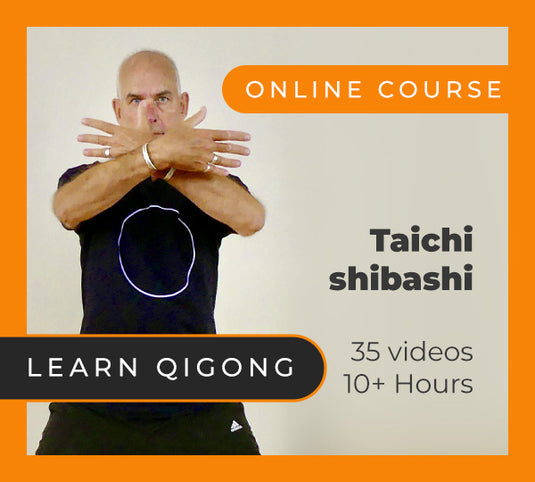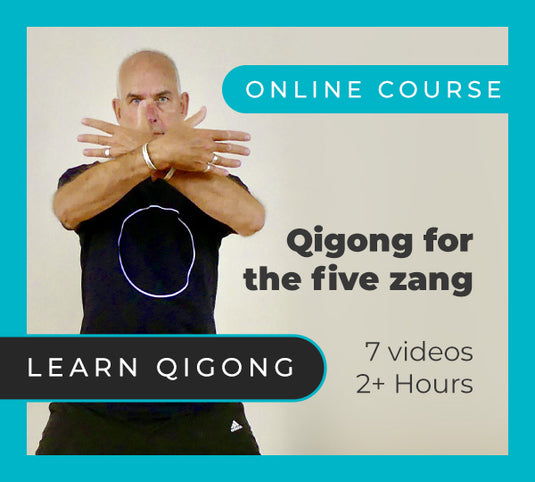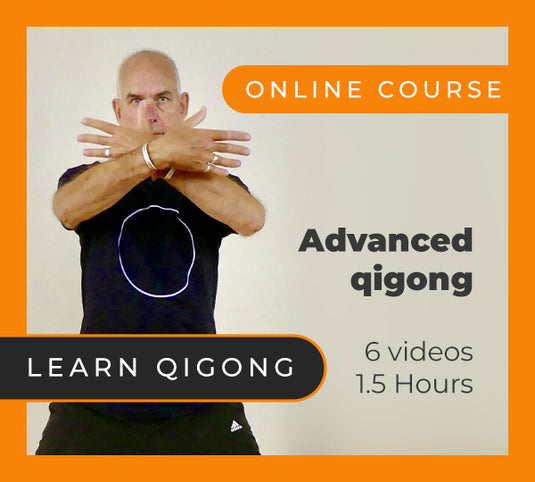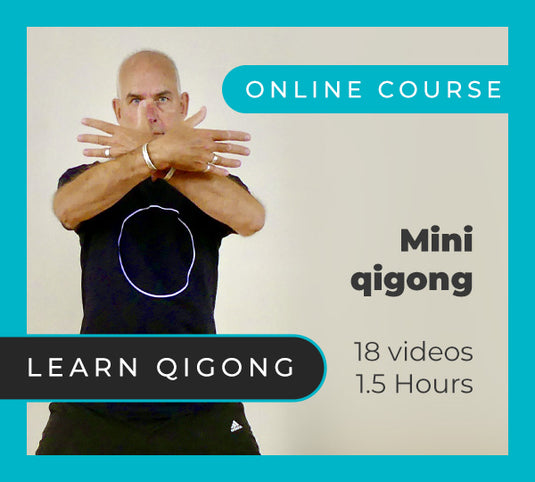Once again I’m indebted to Todd Hargrove, author of 'A Guide to Better Movement' for helping me understand the difference between flexibility and mobility.
We all understand flexibility… can we touch our toes, for example, or get into some of the more challenging yoga postures? Flexibility simply means range of movement in joints and soft tissue and varies from person to person, depending on anatomy and gender. Males, for example, are usually less flexible than females because of the tendon-softening effect of oestrogen.
'Holding extreme postures can damage joint cartilage'
Striving for ever-greater flexibility may come with several downsides. Stretching ligaments beyond their natural range may mean they don’t spring back, making joints less stable and more prone to injury. Holding extreme postures can damage joint cartilage, and if flexibility is forced without active strengthening, repetitive strain can occur. Finally, those with joint hypermobility may be envied in the yoga studio, but they are at greater risk of over-stretching. Especially in cases of hypermobility, strengthening the body may be far more beneficial.
Mobility, on the other hand, is described by Hargrove as 'the degree of functional control over the end range of motion'. In other words mobility means we can swiftly move and change direction from any position. Beyond an adequate degree of flexibility, mobility is much more important for a whole range of activities - daily life, sports, dance, martial arts etc. In qigong, mobility is cultivated rather than flexibility per se.
'Many yoga postures may prioritise flexibility at the expense of mobility'
Many yoga asanas (postures) which prioritise flexibility may do so at the expense of mobility, since a joint at its end range of motion can only really move in the opposite direction. Loading joints in neutral rather than extreme positions enables the greatest range of movement choices, a bit like a tennis player returning to a neutral position after a shot - ready to move forwards, backwards or to either side. It also allows the joints to absorb weight safely with maximum contact through their surfaces. Force can then travel along the connected chain of joints without loss of power.
The human body has evolved through natural movement - hunting, running, climbing, reaching up, squatting down. Being able to touch our knees with our nose or doing the splits may be performative, but it doesn’t add anything to our effective movement through the world.
If you would like to follow the teaching of Peter Deadman and learn Qigong, explore all of Peter's Online Video Courses available on Vimeo. 
